Japan, nestled in East Asia, boasts a rich culinary history dating back over 2000 years. The cultivation of wet rice laid the foundation for a unique and enduring cuisine, distinct from other nations. The fertile Japanese archipelago further diversified the culinary landscape with an abundance of grains, vegetables, and fruits. Numerous local specialties highlight distinctive regional flavors, enhancing the nation’s culinary richness. This remarkable heritage, passed down through generations, is deeply ingrained in Japan’s cultural identity and remains a source of national pride.
Japanese cuisine employs a classification system called “Gotaikei” (Five Systems), a key framework for understanding Kyo-ryori (Kyoto cuisine). Many dishes from this system are still enjoyed today. In this article, we will introduce one such cuisine: Daikyo Ryori.
What is Daikyo Ryori?
Daikyo Ryori, or Daikyo Cuisine, emerged during Japan’s Heian period (794-1185) as a lavish cuisine for aristocratic banquets and formal gatherings. It featured elaborate presentations and diverse dishes, including rice, fresh seafood, dried foods, sweets, fruits, fish, and poultry. Guests personalized their meals by adding preferred seasonings.
You can explore about other type in “Gotaikei” such as Kaiseki Ryori here!
History of Daikyo Cuisine
Daikyo Ryori’s roots trace back to the Nara period (710-794), where evidence suggests the aristocracy developed a system of hospitality cuisine. However, details of this early cuisine remain unclear.
By the mid-Heian period, the aristocratic hierarchy solidified. Daikyo Ryori emerged as a formalized form of hospitality cuisine, adhering to specific rituals and protocols. Two notable forms were Ninomiya Daikyo, a banquet hosted by the imperial family for officials, and Daijin Daikyo, a reception for royal family members visiting a minister’s residence.
Daikyo Ryori banquets followed a structured format, starting with a formal greeting (“Hairei”) to the host, followed by the main banquet (“En no Za”), and ending with a relaxed gathering (“On no Za”). Seating arrangements reflected social rank, with the highest-ranking guest, the “Sonja,” receiving special treatment.
The cuisine itself blended Chinese influences (tables, chairs, Tang sweets) with distinct Japanese elements like seasonal ingredients and aesthetic presentation.
Over time, Daikyo Ryori evolved and influenced other culinary traditions like Honzen Ryori (Muromachi period). While no longer practiced in its original form, Daikyo Ryori’s legacy lives on, inspiring modern Japanese cuisine, particularly in formal dining and ceremonial occasions.
Two Forms of Daikyo Ryori
Daikyo Ryori featured two prominent forms:
- Ninomiya Daikyo: This banquet showcased imperial hospitality after New Year’s audiences with the Chugu (Empress) and Togu (Crown Prince).
- Daijin Daikyo: This reception meal welcomed royal family members to a minister’s residence.
Menus varied based on guests’ ranks, offering up to 28 dishes for principal guests. Offerings included rice, condiments, fresh and dried foods, Tang sweets, and fruits, prominently featuring fish and poultry but excluding mammal meats. Diners seasoned their food to taste.
Daikyo Ryori, considered a precursor to Japanese cuisine, declined as power shifted from the aristocracy to the samurai during the Kamakura period. It gave way to new culinary forms like Yusoku Ryori and Honzen Ryori, which drew inspiration from the “753” tray format. Yusoku Ryori also featured ceremonial knife techniques like “shikibōchō,” used to fillet fish with only a knife and chopsticks.
Daikyo Ryori stands as a testament to Japan’s rich cultural heritage, shaping the nation’s culinary evolution and offering a glimpse into the opulent world of the Heian aristocracy.
Find out more about Kyoto Cuisine here or find your favourite articles below!

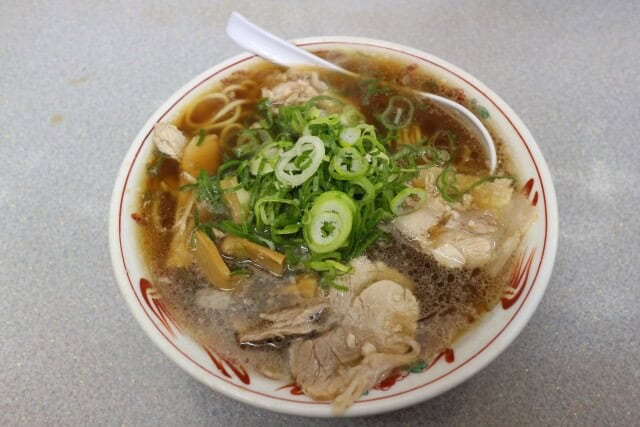

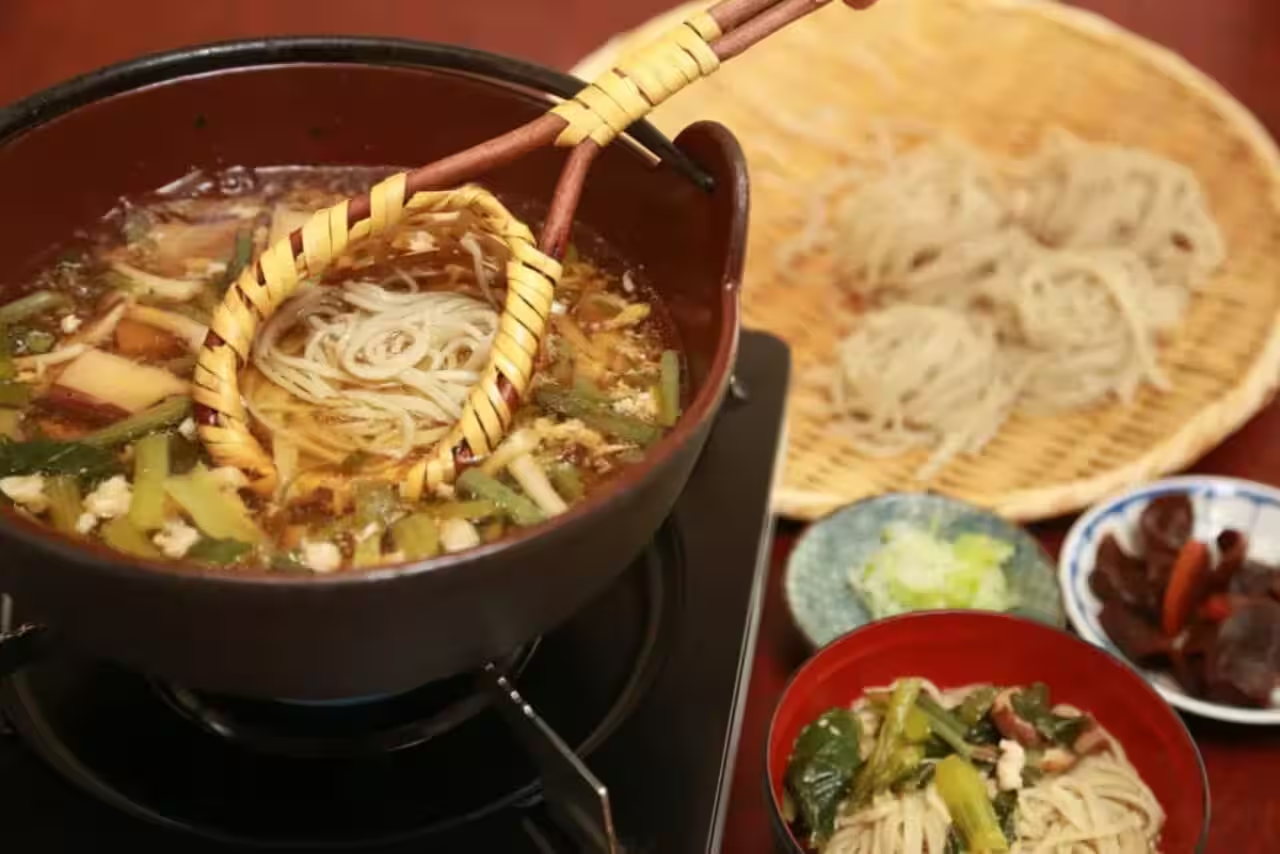

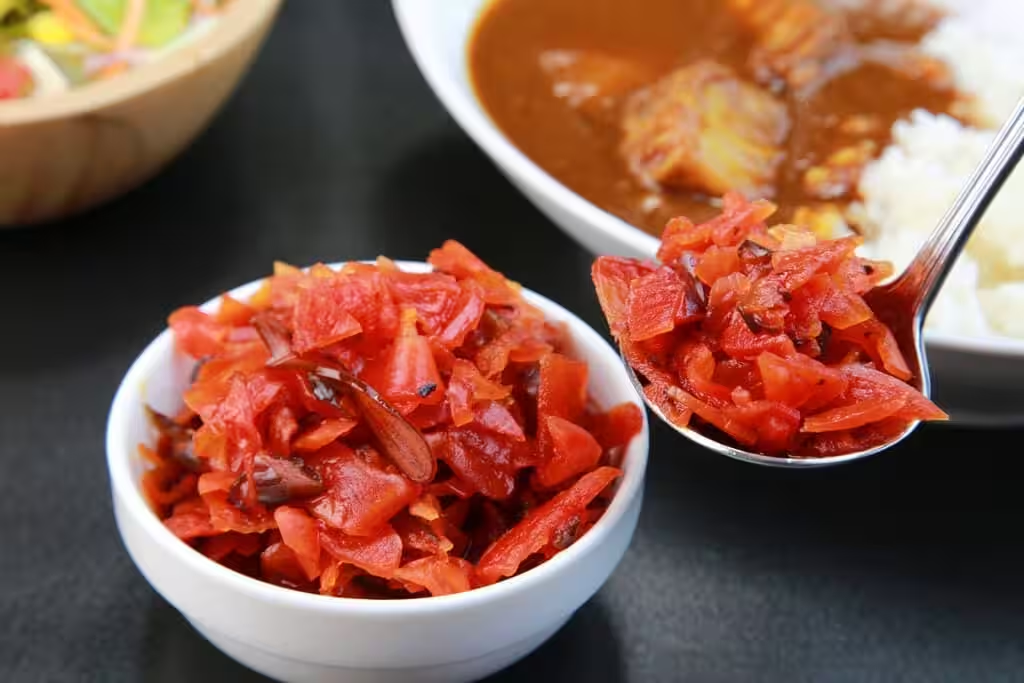
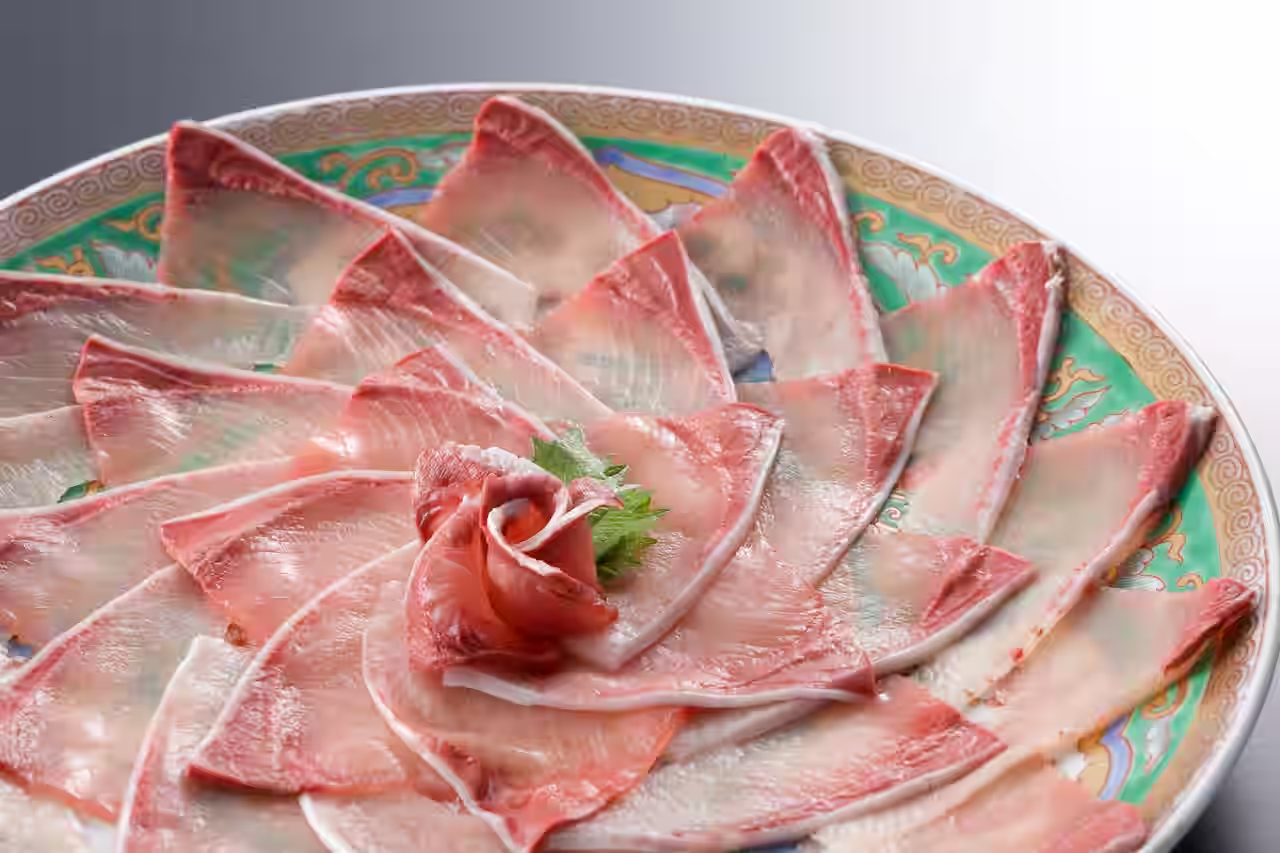
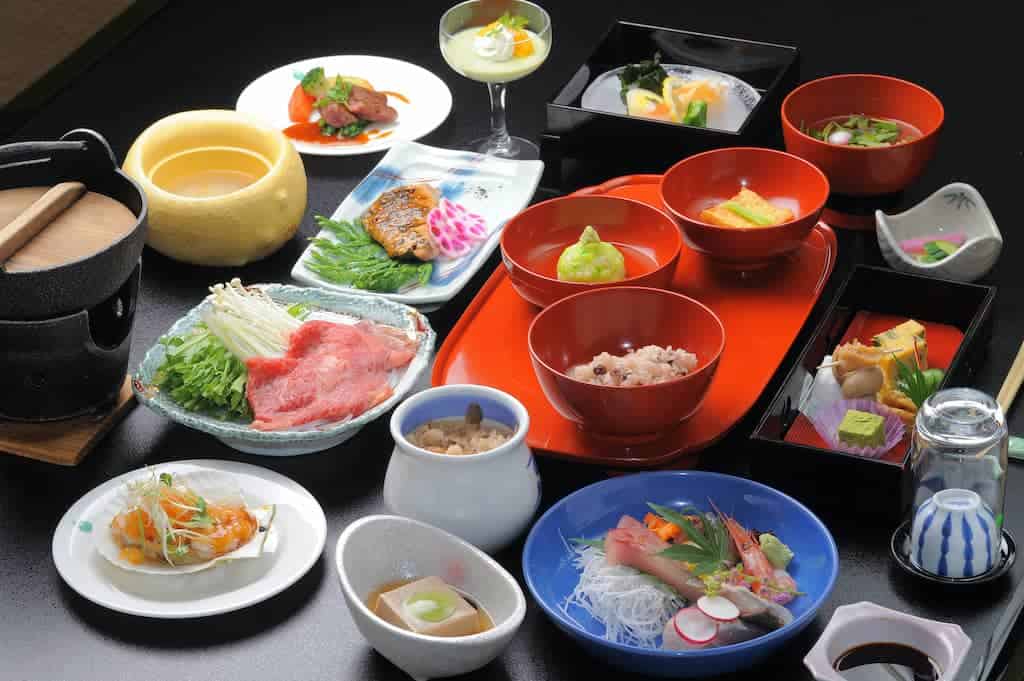
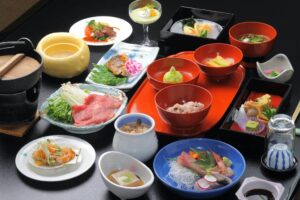

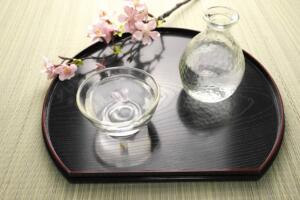
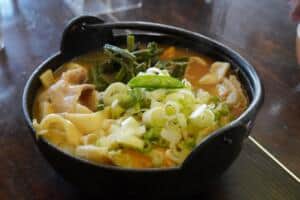
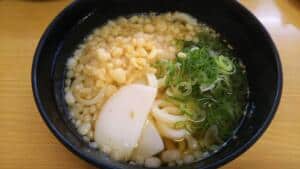
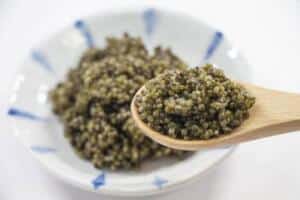
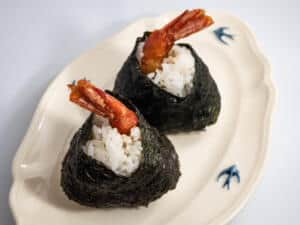
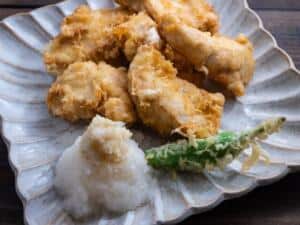
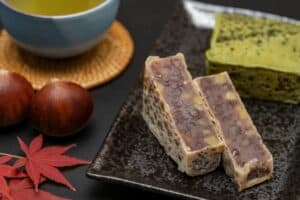
Comments